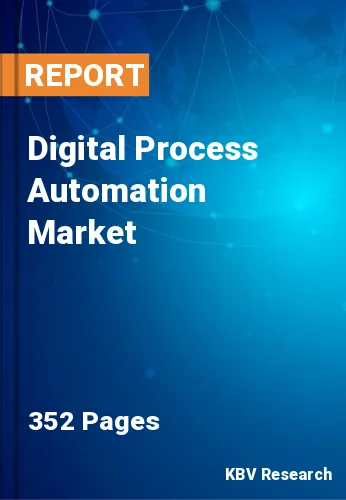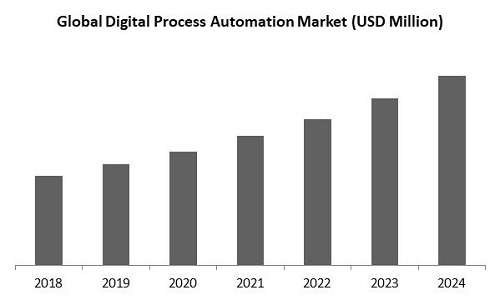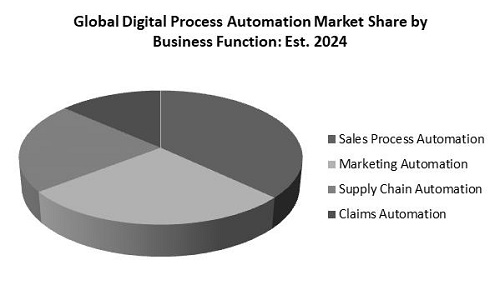
The Global Digital Process Automation Market size is expected to reach $14.0 billion by 2024, rising at a market growth of 13.4% CAGR during the forecast period. Rapid adoption of Artificial Intelligence (AI) and Machine Learning (ML) technologies with digital process automation solutions, growing demand for IT resources, and availability of improved IT systems to meet customers? dynamic requirements is the factors that would drive the market growth during the forecast period. Industry verticals such as Banking, Financial Services, and Insurance (BFSI), and consumer goods and retail would significantly contribute to the growth of the market. Based on the component type, the Digital Process Automation market is segmented into Solution and Services.
Global Digital Process Automation Market Size

The Services market is segmented into Professional and Managed Services. Based on the Business function, the market is segmented into Sales Process Automation, Marketing Automation, Supply Chain Automation and Claims Automation. The Organization Size highlighted in this report includes Small & Medium Enterprises and Large Enterprises. Based on Deployment Type, the market is segmented into Cloud based and On-Premise.
The verticals covered under the report include Manufacturing, Consumer Goods & Retail, Healthcare, BFSI, Transportation & Logistics, Energy & Utilities, Telecom & IT and Others. Based on Regions, the market is segmented into North America, Europe, Asia Pacific, and Latin America, Middle East & Africa.
Global Digital Process Automation Market Share

The market research report covers the analysis of key stake holders of the market. Key companies profiled in the report include IBM Corporation, Oracle Corporation, SAP SE, Microsoft Corporation, Pegasystems Inc., Open Text Corporation, TIBCO Software Inc., Software AG, Nintex Global Limited, and Cognizant Technology Solutions Corporation.
Digital Process Automation Market Related Reports:
Our team of dedicated experts can provide you with attractive expansion opportunities for your business.
